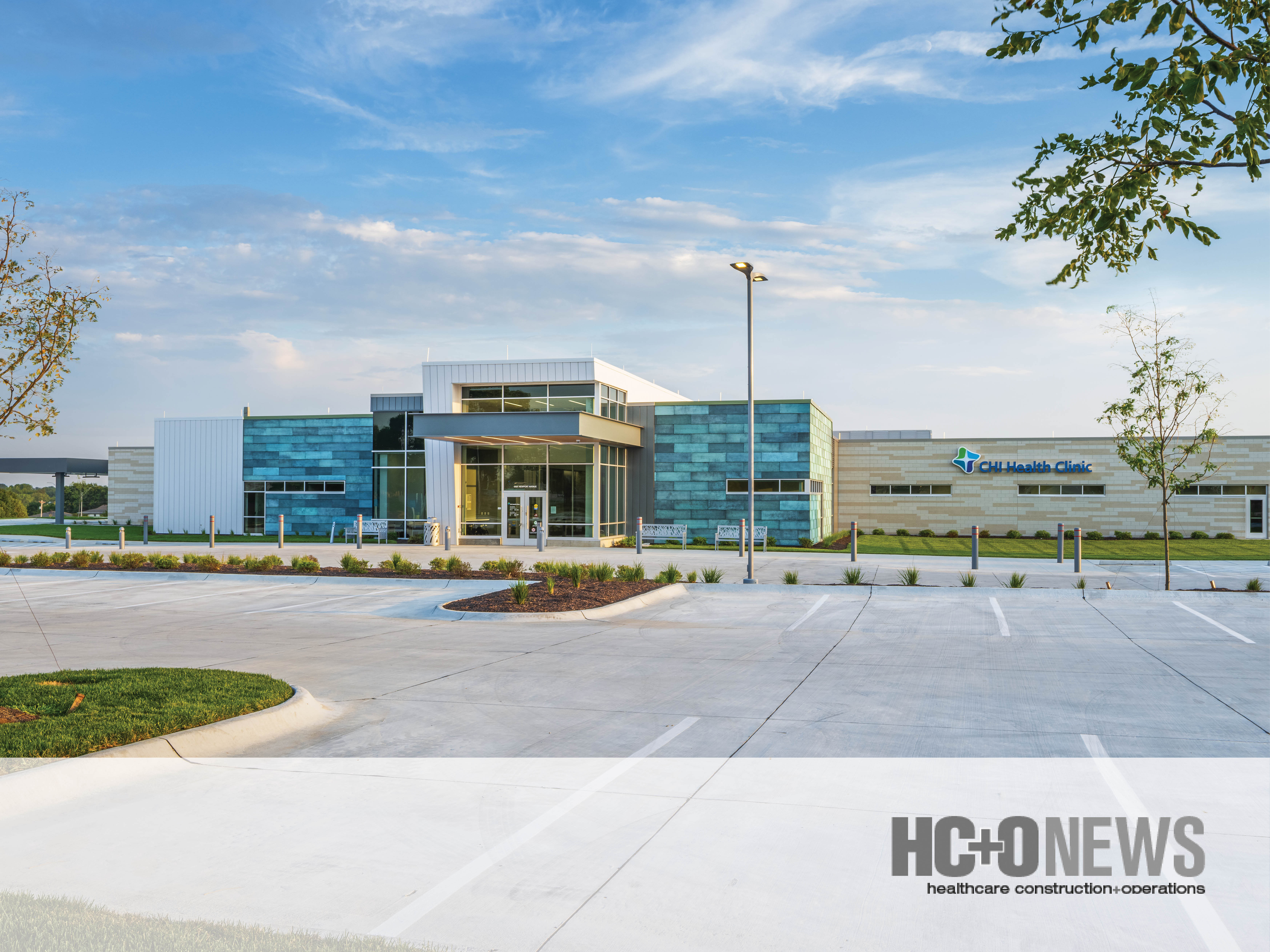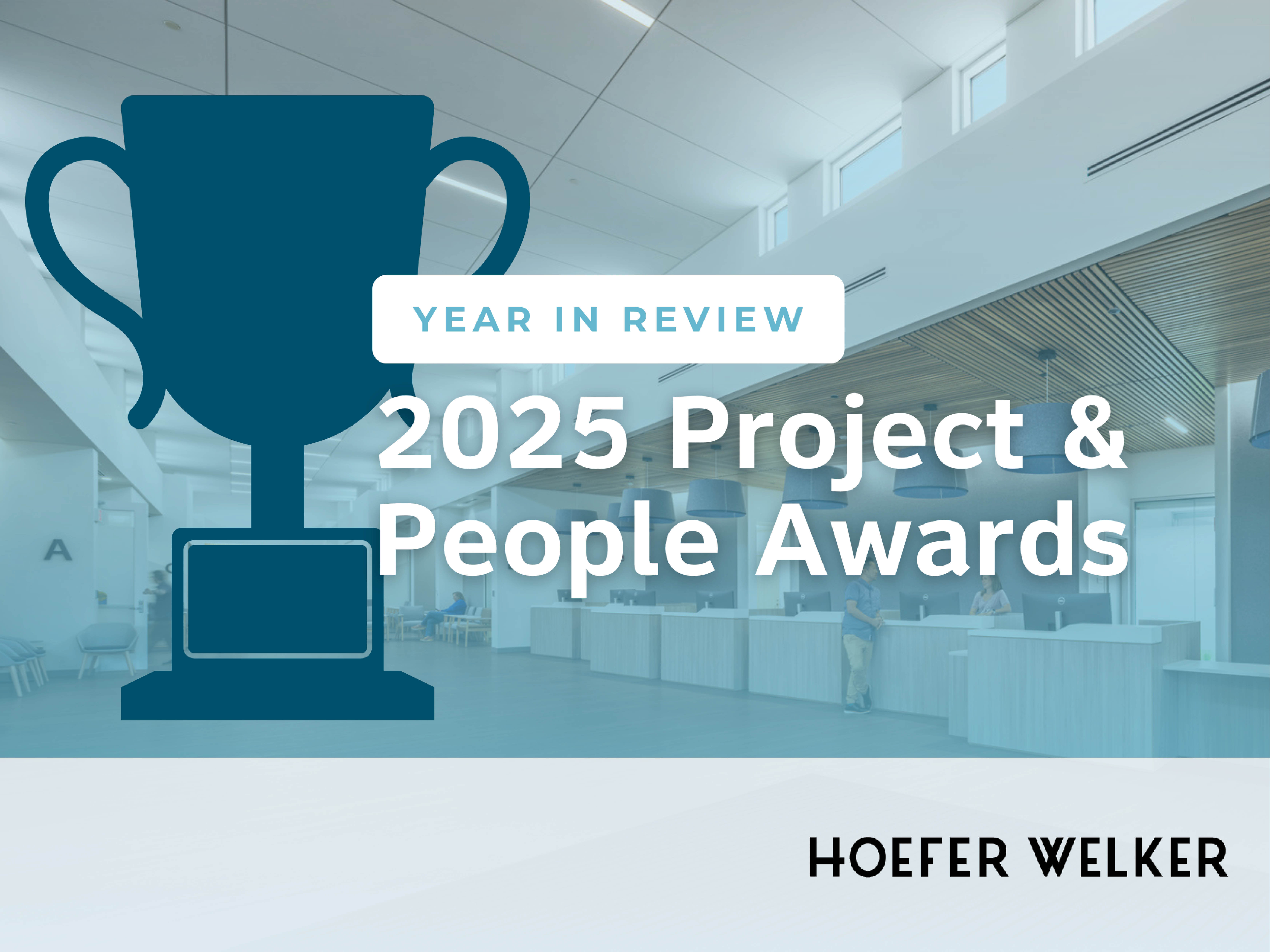Second is implementing a holistic approach to urban design. A key component to providing middle-income seniors housing options going forward is creating stronger connections to cityscapes. The concept of Centers for Healthy Living or CHLs is an innovative building type that advances partnerships with existing urban businesses. These facilities, often stand-alone, typically have no standard housing. Instead they offer spaces and services for fitness, outdoor activities, physical therapy and spa services such as massage and barber, a cafe, and flex spaces for classes. While CHLs can be located within a larger continuing care retirement community campus, municipalities consider a CHL to be part of its service offerings for all seniors.
Third, provision of respite services. Being offered more and more in senior living communities, this service can extend the aging-in-place model. If you take care of an elderly parent but need to go away for the weekend, respite care can step in and provide 24-hour care for the elderly parent. On the other hand, if you need to work and the elderly parent cannot be left alone during that time, respite care can step in to provide help during work hours.
GlobeSt.com: What will the future of senior housing facilities look like?
Leissner: Building flexibility into senior housing development will be paramount. Communities will be designed and constructed so apartment units can be repurposed for a change in market demand of the level of care. A community being developed today for independent/assisted living and memory care services may need to provide skilled nursing in the future to respond to a large consumer base needing higher acuity of care. In turn, communities will tighten relations with hospital accountable care organizations and/or Medicare shared savings programs.
GlobeSt.com: Please explain the trend of naturally occurring retirement communities.
Leissner: The market is evolving innocuously and naturally into communities of affinity living. Future seniors will seek living accommodation not based on age but rather behavior fitness. Housing arrangements will be determined less on socio-economic factors and more influenced by social connections of health and wellness, miscegenation, lifestyle orientation and cultural biases. Both continuing care and naturally occurring retirement communities will offer hybrid residential options with supportive service programs.




